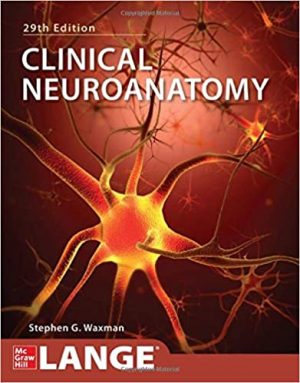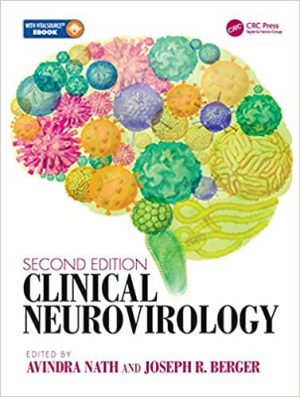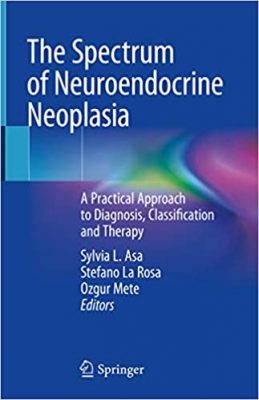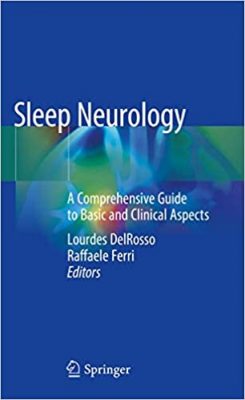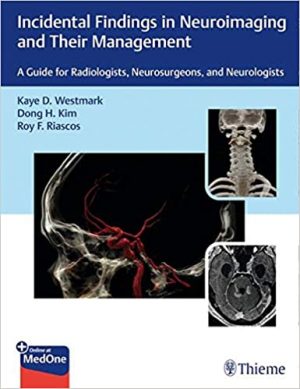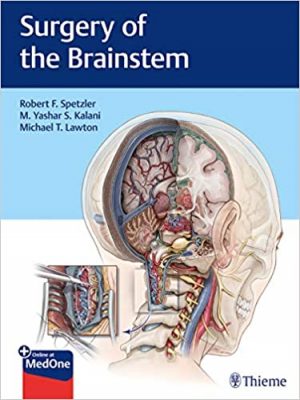
The brainstem is one of the last bastions of surgical prohibition because of its densely packed ascending and descending tracts and nuclei carrying information to and from the brain. Although 10% of all pediatric tumors and 5% of all vascular anomalies occur in the brainstem, neurosurgeons have traditionally resisted dissecting lesions in this area. Recent advances in imaging, microscopy, anesthesia, and operative techniques have expanded the treatment paradigm for this most eloquent region of the brain.
Surgery of the Brainstem, by internationally renowned neurosurgeons Robert F. Spetzler, M. Yashar S. Kalani, and Michael T. Lawton, along with an impressive cadre of global experts, is a comprehensive guide to managing disorders of the brainstem, thalamic region, and basal ganglia. Organized in seven sections with 33 chapters, the text opens with four sections covering a variety of topics. Section I presents the history of brainstem surgery; Section II examines anatomy, development, and pathology; Section III reviews patient examination, imaging, and monitoring; and Section IV provides a succinct overview of surgical approaches. Sections V-VII cover a wide range of adult and pediatric tumors, ischemia, stroke, aneurysms, arteriovenous malformations, and cerebral cavernous malformations. More than 300 high-quality clinical images and medical illustrations enhance the text.
FOR MORE MEDICAL BOOKS AND TUTORIALS VISIT EDOWNLOADS.ME
Key Highlights
- A full spectrum of treatment modalities and outcomes, including open surgery, endoscopic approaches, stereotactic radiosurgery, radiotherapy, endovascular techniques, and revascularization
- An anatomy chapter featuring stunning Rhoton-style anatomical dissections delineates critical landmarks in the brainstem, thalamus, pineal region, and cranial nerves
- Detailed discussion of patient positioning and exposure of various brainstem domains
- Pearls on overcoming psychological, pathological, and anatomical barriers and managing complications
Understanding the basic anatomy, pathology, and clinical complexities of the brainstem and thalamic regions is essential for safe navigation and treatment. This remarkable book will provide neurosurgeons with additional insights on performing resections and achieving the best possible outcomes for patients with pathologic conditions in this delicate region.


